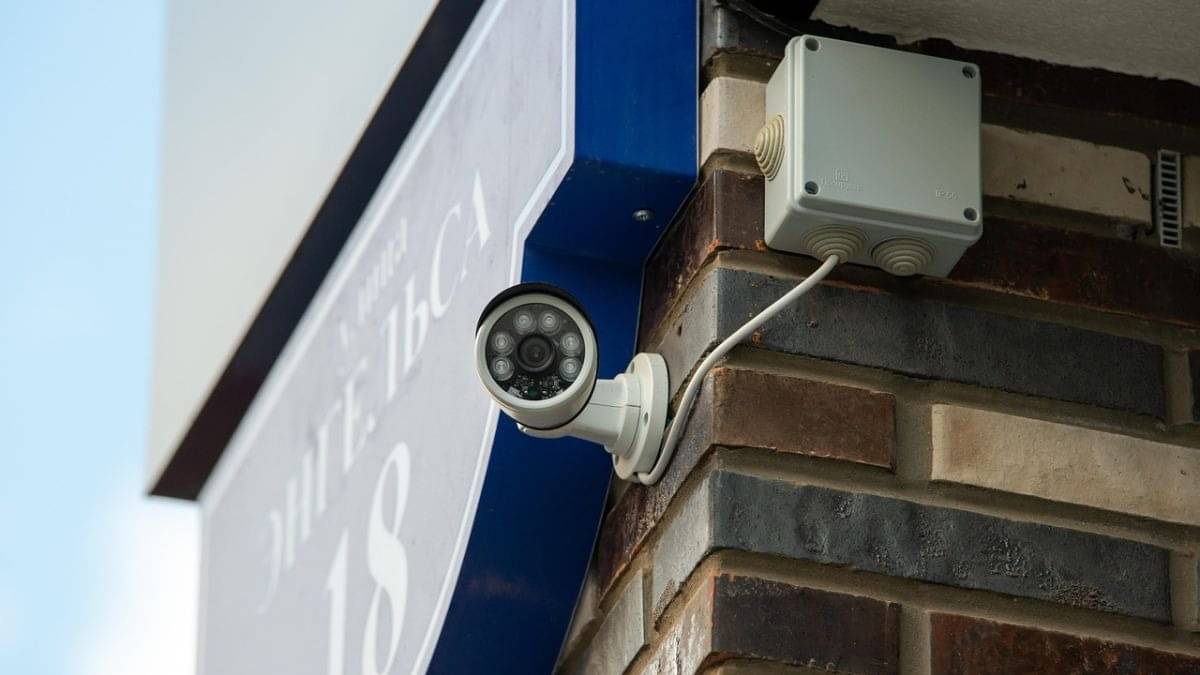Now Reading: Spy Scandal Unveiled: Over 40,000 Security Cameras Illegally Hacked for Private Footage
-
01
Spy Scandal Unveiled: Over 40,000 Security Cameras Illegally Hacked for Private Footage
Spy Scandal Unveiled: Over 40,000 Security Cameras Illegally Hacked for Private Footage

speedy Summary
- Global security Breach: Over 40,000 IoT security cameras hacked worldwide; footage available to stream via web browsers.
- Privacy Concerns: Hacked cameras include those in data centers, hospitals, factories, hotels, gyms, residential areas, and more.
- Research Findings: Security researchers at bitsight corroborated information from a US Department of Homeland Security (DHS) bulletin linking the breach to potential Chinese espionage.
- Threat Usage: Feeds may assist in mapping blind spots or collecting trade secrets; personal footage could be used for criminal activities like robberies or surveillance of private residences.
- Hacking Techniques: Exploits involve basic tools such as HTTP and RTSP protocols. Cameras made in China are singled out for lacking encryption and standard security measures.
- Critical Sectors Vulnerable: breached cameras may expose sensitive data from infrastructure sectors like energy and chemicals.
Indian Opinion Analysis
The hacking scandal underscores the vulnerability of Internet-connected devices globally. For India – a rapidly digitizing country – this serves as a cautionary tale about iot security risks. The widespread use of Chinese-made technologies could necessitate stricter cybersecurity protocols moving forward. it’s critical that Indian institutions assess their reliance on international tech solutions against potential national security threats.
Promoting domestic manufacturing of secure IoT devices while enforcing robust regulations on compliance with encryption standards should be considered priorities for policymakers. Moreover, educating businesses and individuals about securing devices to prevent exploitation might reduce similar risks within India’s expanding digital landscape.
For more details: Read More























